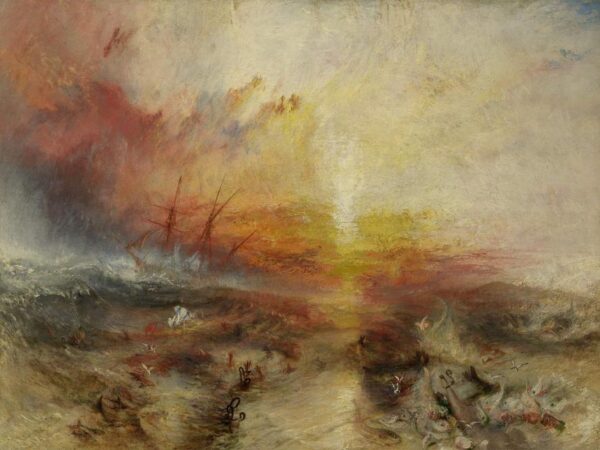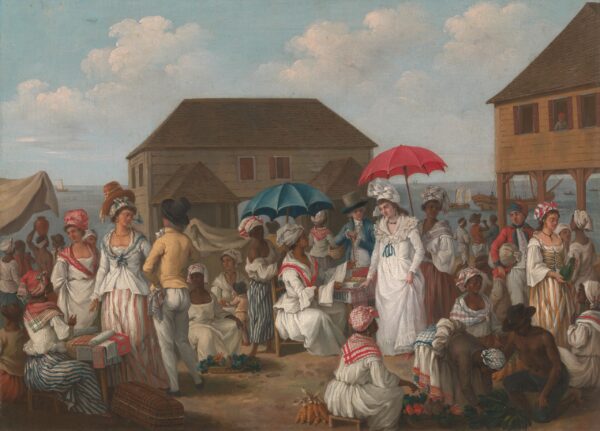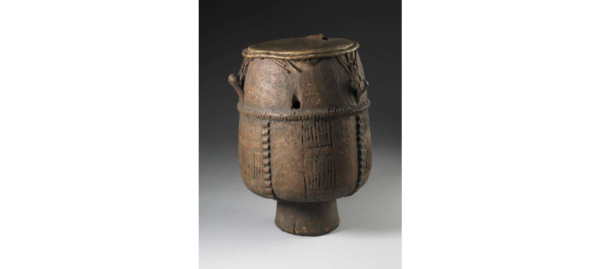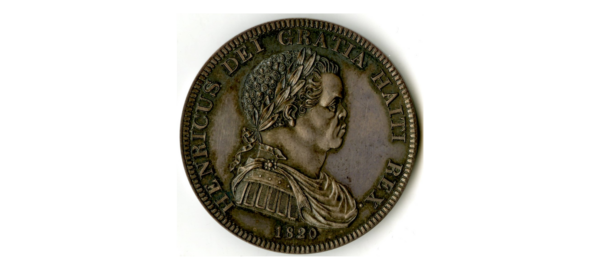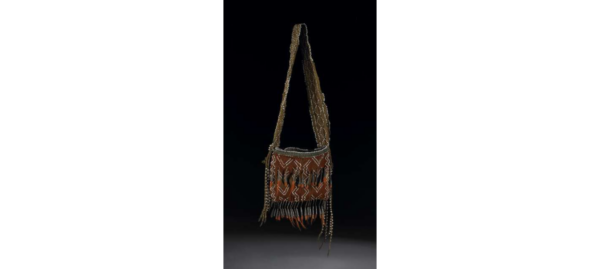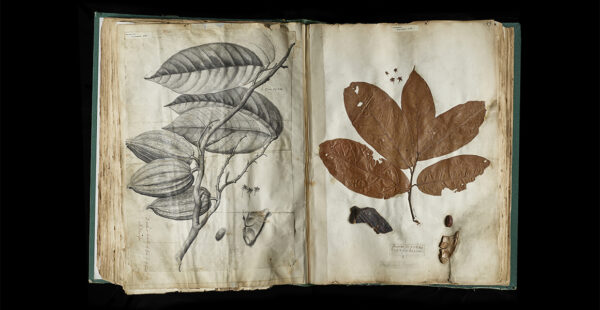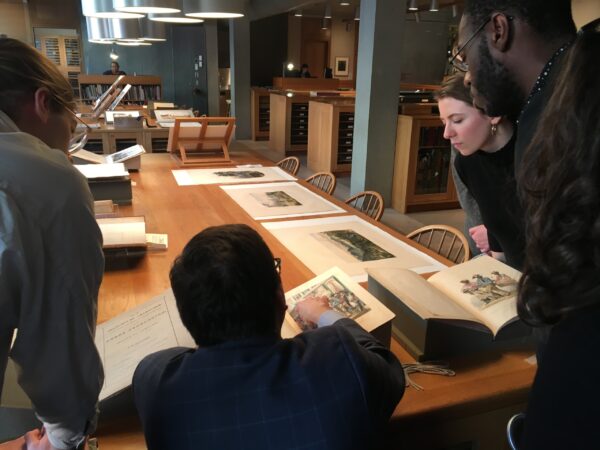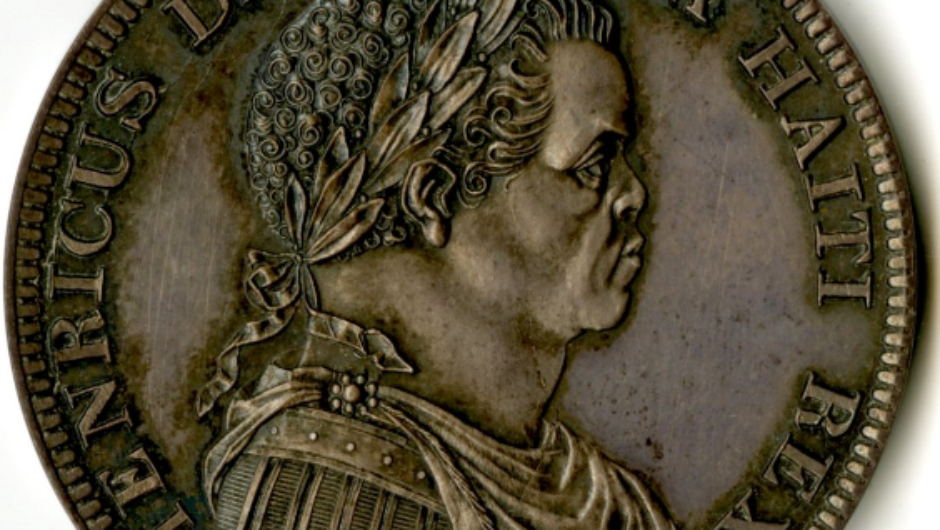This MA option considers an oceanic space-the Atlantic-and the images that were produced within it during the long eighteenth century, a crucial period in the history of the transatlantic slave trade. It explores an art history of the circum-Atlantic world, defined by the movements, confrontations and entanglements of African, European and American people and cultures at a time of profound geopolitical transformation in the region. Key historical moments of revolution or rupture punctuate the course, including the American Revolutionary War (1775-1783); the Haitian Revolution (1791-1804); and the British Emancipation Act (1833). The course covers a range of artworks in different media, from oil paintings, scientific illustrations and graphic satires to ceramics, textiles, and sculpture. We look at works by the most famous artists of the period as well as objects crafted by people whose identities are currently unknown. Site visits are a crucial aspect of the course, including trips to the British Museum, National Maritime Museum and further afield.
We will concentrate on three areas in particular: artworks and artists that crossed the Atlantic, particularly between North America, Britain, and the Caribbean; art made in mainland Britain that responded to Atlantic developments; and art produced in the Caribbean, including newly emergent African Diasporic art forms. Highlights include sessions on Anglo-American history painting by John Singleton Copley and Benjamin West; slave portraiture and the limits of the abolitionist image; and aesthetics in the Kingdom of Haiti. We read a range of important primary texts, including first-person slave narratives and poetry by figures such as Ottobah Cugoano and Phillis Wheatley. We will also examine the legacy of these Atlantic histories in the work of contemporary British artists such as Lubaina Himid, Yinka Shonibare and Hew Locke. Our guiding questions: what role did visual images, material objects, and cultural practices play in constituting or resisting imperial power? How do notions of ‘British’ art change when viewed in Atlantic perspective? And what is the significance of this history for debates about decolonising cultural institutions in the twenty-first century?
Course Leader: Dr Esther Chadwick
In the event that a course leader is on sabbatical, takes up a fellowship, or otherwise is not able to teach the course, they will be replaced by another experienced course leader either for a semester or, in some cases, the academic year.
Please note: whilst many Special Options will include site visits within the UK and further afield, these are subject to confirmation.
